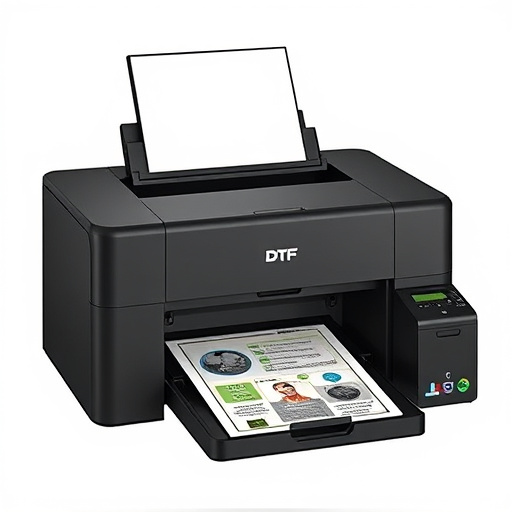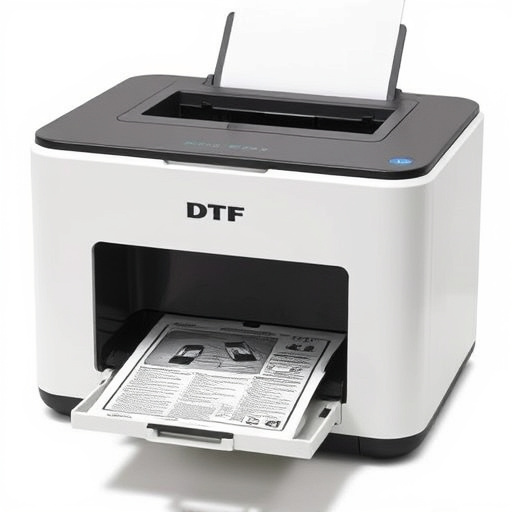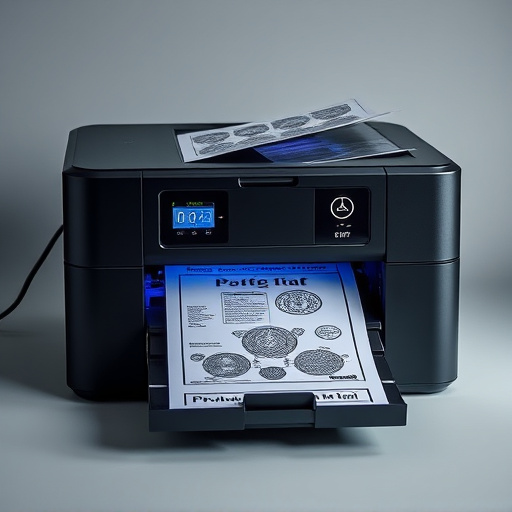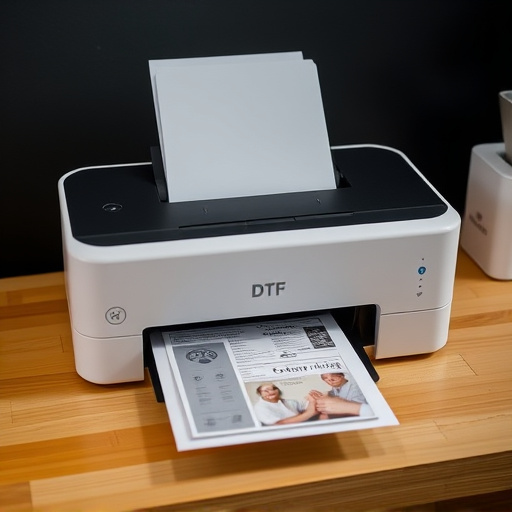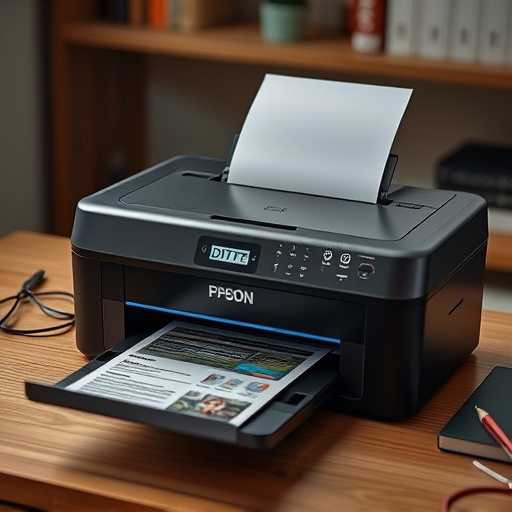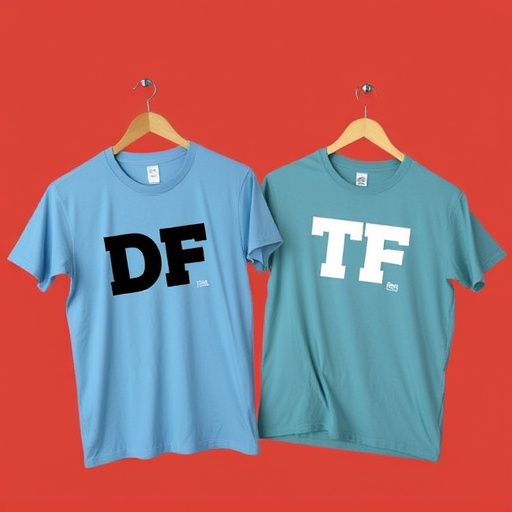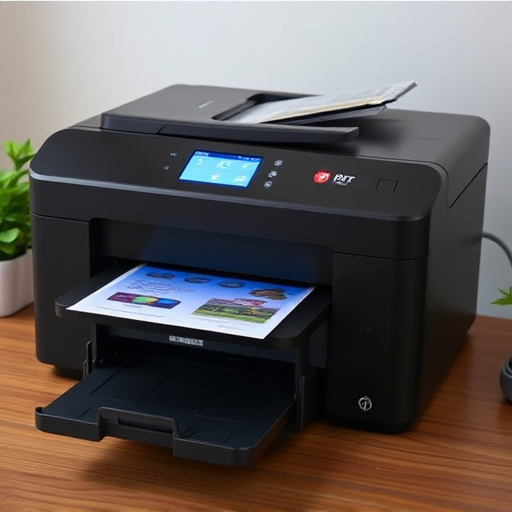DTF (Direct-to-Fabric) Printing revolutionizes custom apparel with high-quality, vibrant designs on diverse fabrics, ideal for DTF Printed Shirts. Natural fibers like cotton and linen are best for breathability and print quality. Using a dtf transfer process ensures precise, long-lasting prints on light fabrics. Designing captivating shirts blends artistic flair and audience-centric thinking, utilizing vivid colors, intricate patterns, unique layouts, and simplicity for memorable, sophisticated looks.
Unleash your creativity with stunning DTF printed shirts designs! This guide equips you to master the art of direct-to-fabric (DTF) printing, a game-changer in apparel customization. First, uncover the basics and benefits of DTF technology. Next, learn how choosing the right fabric enhances design impact. Finally, explore strategic design tips for visually captivating shirts that pop. Elevate your print quality and create unique, trendy DTF printed shirts that stand out from the crowd.
- Understanding DTF Printing: Basics and Benefits
- Choosing the Right Fabric for Maximum Impact
- Design Strategies for Visually Appealing Shirts
Understanding DTF Printing: Basics and Benefits
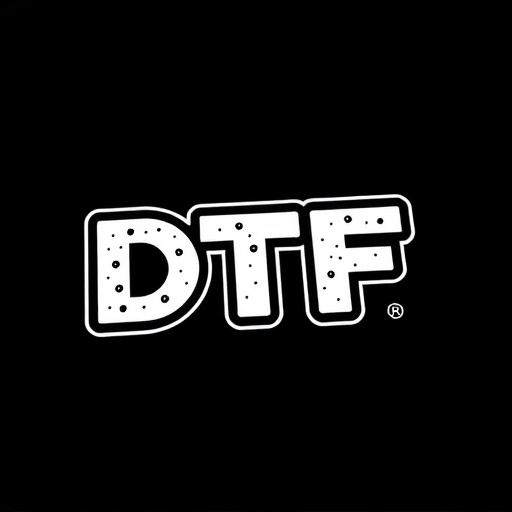
DTF (Direct-to-Fabric) Printing is a cutting-edge technique that has revolutionized the custom apparel industry. This method allows for high-quality, vibrant designs to be applied directly onto various fabrics, making it an ideal process for creating unique DTF printed shirts. Unlike traditional printing methods, DTF offers several advantages. It provides a durable and long-lasting finish, ensuring that colors remain vivid even after frequent washing. The process is versatile, suitable for a wide range of fabrics, from cotton to polyester, enabling designers to explore diverse material options.
Moreover, DTF printing simplifies the design and production process. With this technique, intricate and detailed graphics can be achieved with ease, making it perfect for creating eye-catching clothing pieces. For those interested in bulk production, DTF is an efficient solution. It allows for cost-effective manufacturing of custom DTF printed shirts, catering to both individual customers and businesses looking to create branded apparel. The versatility and efficiency of DTF printing make it a popular choice for designing stylish hoodies, t-shirts, and other clothing items, ensuring a lasting impression on wearers.
Choosing the Right Fabric for Maximum Impact
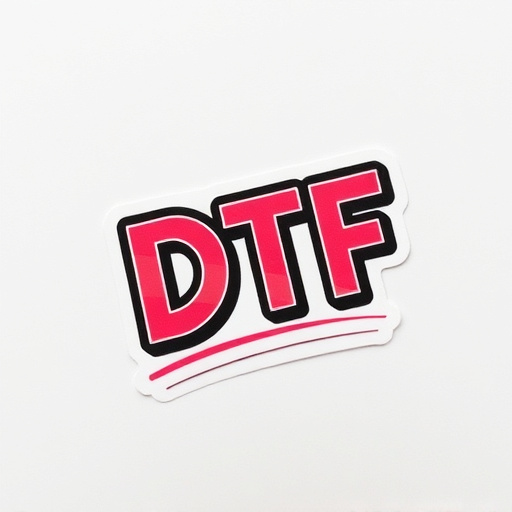
When designing DTF Printed Shirts, selecting the ideal fabric is a key step to achieving maximum visual impact. The choice of material plays a significant role in the final product’s quality and aesthetics. Opting for light, breathable fabrics like cotton or linen enhances the shirt’s comfort and allows for vibrant and detailed dtf prints. These natural fibers absorb dyes beautifully, ensuring rich colors and sharp designs. On the other hand, avoid heavy, stiff fabrics as they can restrict the print’s ability to conform to curved surfaces and limit the overall appeal of the garment.
For optimal results with DTF printing, especially on light fabrics, consider using a dtf transfer process. This technique involves transferring high-resolution prints onto fabric via heat and pressure, resulting in precise and long-lasting designs. Whether you’re aiming to create unique, trendy shirts or mass-produce custom apparel, understanding the fabric-print relationship is essential. Experimenting with different materials will enable you to offer a diverse range of DTF Printed Shirts that cater to various customer preferences while maintaining exceptional print quality.
Design Strategies for Visually Appealing Shirts
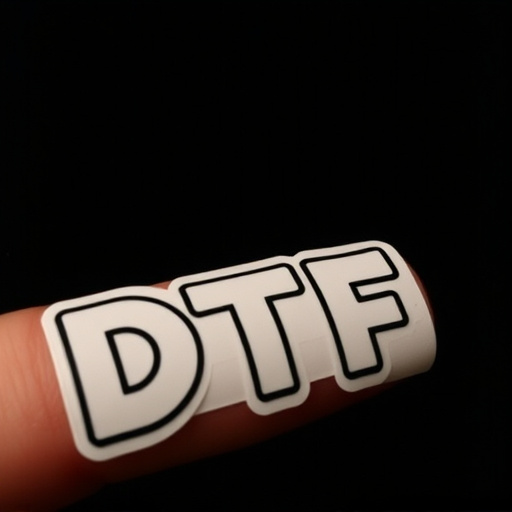
When designing stunning DTF printed shirts, the key lies in combining creativity with an understanding of what visually appeals to your target audience. Start by selecting high-quality DTF for apparel and dtf transfers that complement the fabric and fit of your custom t-shirts. Use vibrant, bold colors and intricate patterns to make your designs stand out, while maintaining a cohesive aesthetic that aligns with your brand or message.
Incorporate unique elements like geometric shapes, abstract art, or even quotes and illustrations to capture attention. Play with different layouts—all-over prints, front and back designs, or strategic placement of graphics—to create depth and interest. Remember, simplicity can be powerful too; clean lines and minimalist designs can evoke a sense of elegance and sophistication, making your custom t shirts truly memorable.
Creating stunning DTF printed shirts involves a blend of understanding the DTF printing process, selecting the ideal fabric, and employing creative design strategies. By mastering these aspects, you can produce visually appealing DTF printed shirts that stand out in today’s market. Remember, the right combination of technique, material, and design will not only enhance your brand image but also capture the attention of your target audience.




